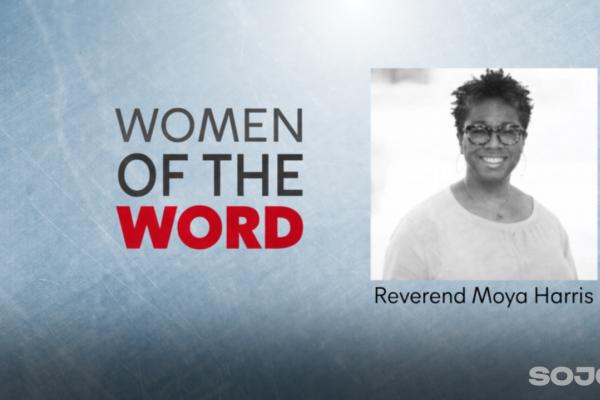I HAVE HEARD Robert Macfarlane describe the title of one of his most recent books as a portal question: Is a River Alive? On its face, the question seems straightforward. But, like walking through the mouth of a cave, once you enter into the question, cavernous possibilities emerge. Unlike Macfarlane’s previous work, Underland, this book doesn’t spelunk beneath the ground’s surface. It moves upstream and downstream in a fluvial tongue. The prose—forever on the brink of poetic—meanders like a broad river in summer before narrowing into rapids of argument, only to fan out again into reflective backwaters.
Macfarlane aims to develop, for rivers, what Potawatomi author and botanist Robin Wall Kimmerer has called “a grammar of animacy.” He writes, “A good grammar of animacy can still re-enchant existence. To imagine that a river is alive causes water to glitter differently. New possibilities of encounter emerge—and loneliness retreats a step or two.”
Macfarlane engages with the “rights of nature” movement, which aims to recognize and protect nature’s rights in human laws and ethics. For a river, this may be the right to flow undammed or to be free from pollution. But ultimately, this isn’t a book bent on persuasion; it is a work of imagination. At the center of Macfarlane’s writing projects is an obsession with how we animate and narrate the living world with language. He writes, “rivers are—I have found—potent presences with which to imagine water differently. We will never think like a river, but perhaps we can think with them.”
“To imagine that a river is alive causes water to glitter differently.”
He invites us to think with three river basins in particular: In Ecuador, the Río Los Cedros; in India, the Cooum, Adyar, and Kosasthalaiyar; and the Mutehekau Shipu (also called the Magpie River) in Nitassinan, homeland of the Innu people in Quebec. These rivers bear the marks of human relationship: protected in places, violated in others, always under threat, yet still carrying the possibility of waterborne resurrections. The Mutehekau Shipu, for instance, was the first river in Canada to be granted legal personhood in 2021 after the Innu Council of Ekuanitshit and the local government cosigned a resolution. Even so, the river faces constant threat of damming from Hydro-Quebec, including some of its most sacred, iconic, and ecologically significant sections.
This book, like the ecosystems it inhabits, is a thin place. Macfarlane notes that “rivers have long existed in the threshold space between geology and theology,” and spirituality lingers just below the waterline of his writing, surfacing for air only once or twice.
If Macfarlane’s portal question is, “Is a river alive?” mine is, “Is a river sacred?” It’s an alluvial stone of a question I’ll carry around in my pocket. If a river is sacred, then our task is not only to see it as kin, but to treat it as kin—to listen, to tend, to defend, and to grieve when it suffers. If a river is sacred, then the question is not whether we believe it but whether we will live as if it is true. What would change if we organized our neighborhoods, our churches, our governments as though the river’s well-being was inseparable from our own? Perhaps everything.

Got something to say about what you're reading? We value your feedback!






